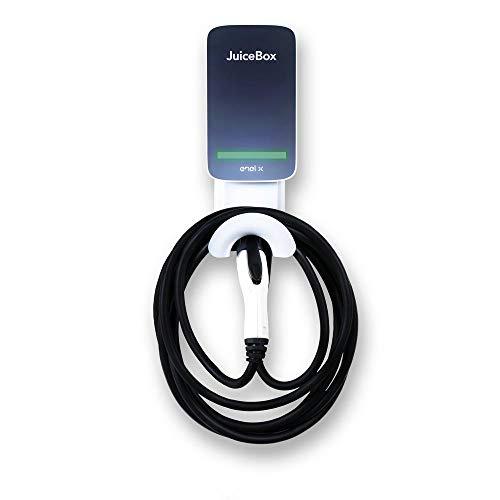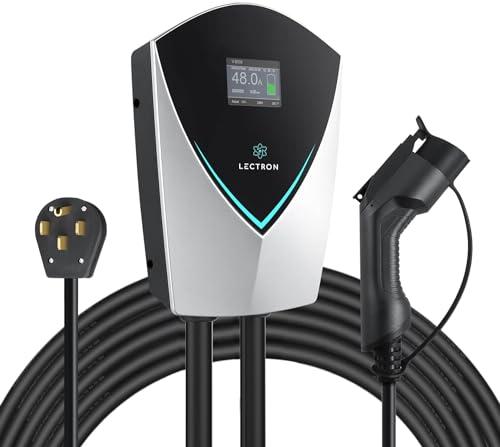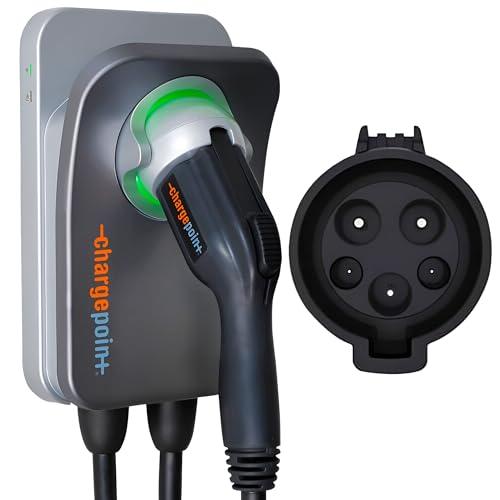Time
Understanding the Tesla Charge Time Calculator's Role in Efficient Driving
Tesla charging time
This parameter is not constant, because it depends on a number of variables. First, it is the value of the battery capacity. It can be found out with the help of the Tesla Charge Time Calculator, simply by entering the model of your own electric car. You can look at the vehicle's data sheet, which should contain the necessary information. Capacity is measured in kilowatts per hour (abbreviated as kW?h). For example, the Tesla Model 3 has a built-in battery of 82 kW?h. You can experiment a bit with the settings to find out interesting information about other electric car models.
Key Parameters Influencing Tesla Charging Time
Several factors influence the charging time for a Tesla, including the model, battery capacity, the charging equipment, and the battery's current state. It's essential to understand these variables to get an accurate charge time calculation.
Gradations of electric car charging speed
- Slow charging, which takes 5-8 hours of time;
- Semi-quick charging, which lasts 1.5-3 hours of time;
- Fast charging, which takes about 15 minutes of time.
For the fastest charging you may need a special adapter. It is also worth understanding that certain electric cars have different charging modes: quite fast (DC) and slightly slower (AC).
Breaking Down the Charging Speed Formula
There is a simplified formula by which you can calculate the speed of the charging process of an electric car:
Duration = Auto battery capacity (kW?h) x 1000 / EVSE power (kW) x 1000.
For example, with a Tesla battery capacity of 82 kW?h and a charging power of 6.5 kW, the car will need the following charging time:
Duration = 82000/6500 = 12.6 hours.
These are approximate figures, and for more accurate results you need to use a calculator. This tool is sure to take into account the 10% loss of energy as well as the characteristics of the built-in charging unit.
Exploring Charging Station Types and Their Advantages
The most common and convenient way to charge is with Wall connector home charging stations with a nema 14-50 type socket. These units are mounted in a personal garage, which is very convenient. The owner can decide whether they want a Level 1 or Level 2 type charger. The more expensive chargers will quickly determine the model of the electric car and select the recommended power. Charging station networks offer very fast charging and constant-current power. Tesla cars, for example, come with a proprietary connector, but they are still compatible with J1772 if you pick up the right adapter. Other automakers have their own connectors, which are better to carry in the trunk. This will allow you to recharge the electric car's battery at any station.
If you put the charging station in the garage, then the charging speed will primarily depend on the power of the outlet where the equipment is plugged in. You don't have to move the charger to charge your car at home, because you can get an extension cord.
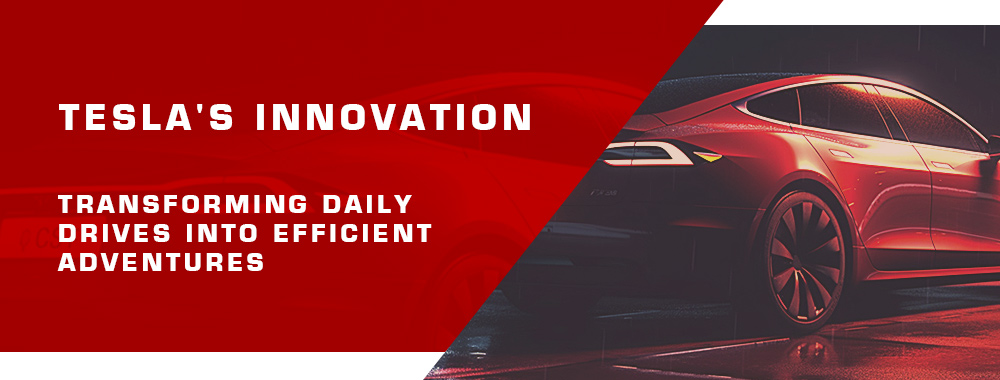
Deciphering the Most Common Queries on Tesla Charging Time
Many electric car owners ask, but what parameters are more important when calculating the exact charging time? In this case, it is necessary to pay attention to the characteristics of the charging equipment and the battery of the car. Based on these indicators, it is possible to know the time required for charging.
The second question is what exactly affects the rate of charging? In addition to the above parameters, you should also take into account the following values: the age and operating temperature of the battery, the limitations of the internal unit, the battery charge level.
Importance of Accurate Tesla Charge Time Calculations
An accurate charge time calculation helps drivers plan their trips better, ensure the longevity of the battery, and optimize their car's performance. It also aids in efficient energy consumption and reduces the risk of overcharging, which might affect the battery's lifespan.
Real-world Insights: How Tesla Charges at Home
How fast does a Tesla charge at home?
| Tesla Model Y Standard Range (2021) | Tesla Model X Standard Range (2019 - 2020) | Tesla Model 3 Standard Range (2019) | |
|---|---|---|---|
| 40 Amp Charger | 4 h 52 min | 6 h 15 min | 4 h 52 min |
| 16 Amp Charger | 9 h 52 min | 15 h 47 min | 9 h 52 min |
| 32 Amp Charger | 4 h 52 min | 9 h 52 min | 4 h 52 min |
Decoding the Tesla Charging Time Table
The table provides an insight into how long it takes to charge various Tesla models with different amp chargers. For instance, using a 40 Amp charger, the Tesla Model Y Standard Range (2021) takes around 4 hours and 52 minutes to fully charge, whereas the Tesla Model X Standard Range (2019 - 2020) takes approximately 6 hours and 15 minutes. This table serves as a handy guide for Tesla owners to plan their charging routine.
Unveiling the Variety of Tesla Home Chargers
Tesla home chargers come in a variety of shapes, sizes, and capabilities.
Introducing Tesla's Wall Connector and Mobile Connector
Tesla has an alternative to the Wall Connector. The Mobile Connector plugs into a standard 120-volt outlet and can provide up to 16 amps of power for a charge rate of up 2 kW. You can purchase the mobile connector separately or included in your Tesla purchase. If you're looking for a more powerful charger, take a look at the Tesla Wall connector. The charger plugs into a standard 240-volt outlet and can supply up to 16 amps with a charging speed of up to 7.75 kilowatts - more than enough power to quickly charge your Tesla at home.
Benefits of Wall Connector Home Charging Stations
The rise of electric vehicles has spurred an increasing demand for efficient home charging solutions. Wall Connector home charging stations emerge as a top choice for several reasons:
- Convenience: No need to rely on public charging stations. Charge your vehicle in the comfort of your home.
- Speed: Wall connectors typically offer faster charging speeds compared to standard plug-in chargers.
- Cost Efficiency: Charging at home can be less expensive, especially during off-peak electricity hours.
- Security: Reduced risk of vandalism or theft, given the private nature of home installations.
- Customization: Some wall connectors offer customizable amperage settings, catering to specific user needs.
"With a Wall Connector, you're not just charging your Tesla, you're investing in an efficient future."
Connector Compatibility Across Different Car Models
One might wonder if Tesla's connectors are exclusive to Tesla vehicles or if they're versatile enough for other car models. Here's the scoop:
- Universal Connectors: While Tesla has its proprietary connectors, adapters are available that make them compatible with the J1772 plug, commonly found in other electric vehicles.
- Superchargers: Tesla's supercharging stations are exclusively for Tesla vehicles. This ensures optimal charging speeds and compatibility.
- Multiple Options: Tesla offers both Mobile and Wall Connectors, giving users flexibility based on their charging needs.
- International Variations: Tesla modifies its connectors for different regions. For instance, the European Model 3 uses a CCS Combo 2 plug, expanding compatibility.
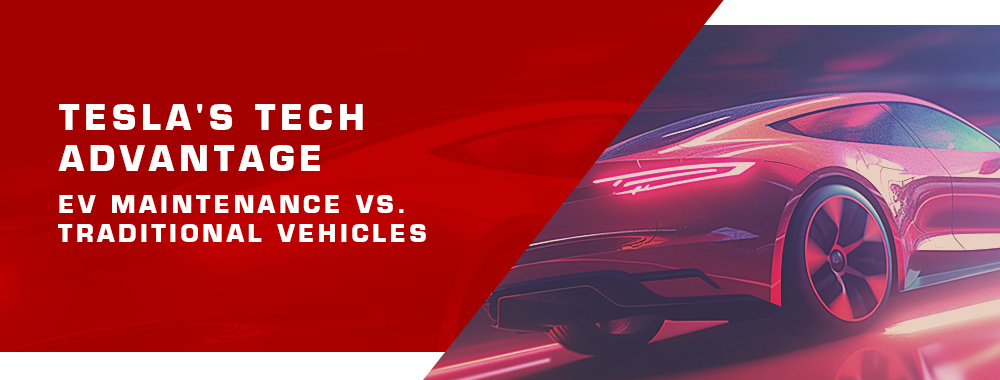
Installation Recommendations for Optimum Charging Efficiency
Ensuring optimal performance from your Wall Connector requires proper installation. Here are key recommendations to maximize charging efficiency:
- Professional Installation: It's advisable to hire a certified electrician who understands the specifications and safety requirements.
- Accessibility: Position the Wall Connector in a location that allows easy access for your vehicle's charging port.
- Weather Considerations: If installing outdoors, ensure the Wall Connector is shielded from extreme weather conditions.
- Amperage Settings: Adjust the Wall Connector's amperage settings based on your home's electrical capacity and your vehicle's requirements.
- Circuit Capacity: Ensure your home's electrical circuit can handle the amperage drawn by the Wall Connector.
Enhancing Journey Planning with Accurate Charge Time Predictions
The Tesla Charge Time Calculator, an innovative tool by Tesla, is transforming the way electric vehicle (EV) drivers plan their journeys. By providing precise estimates on charge times, users can now:
- Maximize Efficiency: Organize stops and breaks effectively around charging times.
- Reduce Anxiety: Eliminate "range anxiety" by having clear expectations on when and where to charge.
- Plan Better Routes: Integrate charging times with route optimizations, ensuring seamless journeys.
- Stay Updated: Access real-time data on charging speeds and station availability.

Charge Time Variabilities and Their Causes
While the Tesla Charge Time Calculator is a powerful tool, actual charging times can vary. Understanding the factors behind these variations is crucial for a smooth EV experience. Factors include:
- Charging Station Power Output: Different stations have varying power outputs, influencing charging speeds.
- Vehicle's Current Battery Level: A nearly depleted battery might charge faster initially than one that's half-full.
- Temperature: Batteries charge more efficiently in moderate temperatures. Extreme cold or heat can affect charging times.
- Charger Compatibility: Ensure you're using a charger compatible with your Tesla model for optimum performance.
- Vehicle Condition: Over time, battery health can decline, leading to longer charging times.
Optimizing Charger Usage for Extended Battery Lifespan
Extending the lifespan of your Tesla's battery isn’t just about how you drive, but also how you charge. To maintain battery health while utilizing the Tesla Charge Time Calculator:
- Regular Charging: Instead of waiting for the battery to be completely drained, practice regular, smaller charges.
- Avoid Overcharging: Charging your battery to 100% every time might reduce its lifespan. Aim for 80-90% for daily usage.
- Moderate Charging Speeds: While superchargers are convenient, using them too often can strain the battery. Opt for slower charging when time permits.
- Stay Updated: Tesla often releases firmware updates that can optimize battery health. Ensure your vehicle's software is always up-to-date.
Importance of Regular Calculator Updates for New Models
With Tesla's constant innovation in the electric vehicle (EV) sector, new models are regularly introduced. These models often come with different battery capacities, configurations, and charging capabilities. Hence:
- Adaptability: The Tesla Charge Time Calculator must adapt to the unique needs of every model to maintain accuracy.
- User Confidence: Regular updates ensure users can trust the tool, regardless of their Tesla model or its release date.
- Integration with New Technology: As Tesla introduces new charging technologies, the calculator has to be revised to account for different charging rates and mechanisms.
- Feedback Loop: User feedback from owners of newer models can help refine the calculator's algorithms for even greater precision.
Anticipating Future Charging Technologies and Trends
The EV charging landscape is continuously evolving. Tesla, being at the forefront of this change, has the onus to not just respond to trends but also shape them. Key considerations include:
- Ultra-fast Charging: As research advances, we may see chargers that can replenish a battery in minutes rather than hours.
- Wireless Charging: The future might bring seamless charging where Teslas charge just by parking over a designated spot.
- Green Charging: The trend towards using renewable sources, like solar or wind energy, to power charging stations will only intensify.
- Smart Grid Integration: Tesla vehicles could one day integrate with smart grids, optimizing charging times based on grid demand and renewable energy availability.
Tesla's Commitment to Sustainable and Efficient Charging Solutions
It's not just about speed and convenience. Tesla's vision for charging extends to sustainability. Their approach:
- Supercharger Network: Increasingly powered by renewable sources, reducing the carbon footprint of every charge.
- Battery Recycling: Tesla's commitment to reclaiming and reusing battery materials reduces the environmental impact of their cars.
- Energy Storage: By developing energy storage solutions, Tesla can store excess renewable energy, ensuring green power for charging even during non-peak production hours.
- Educating Users: Tesla encourages users to charge during off-peak hours, reducing strain on the grid and increasing the use of renewable energy.

Integrating Tesla Charging Calculations with Smart Home Systems
The synergy between the Tesla Charge Time Calculator and smart home systems cannot be overstated. Smart homes, equipped with AI-driven devices, can benefit from the real-time data provided by Tesla's software:
- Automated Charging: Using data from both the Tesla calculator and household consumption patterns, smart homes can start and stop charging to optimize energy usage.
- Integration with Other Devices: Picture your thermostat adjusting or lights dimming when your car is charging to save on electricity.
- Personalized Alerts: Smart home systems can alert homeowners about optimal charging times or when charging is complete.
- Reducing Costs: By syncing with real-time electricity pricing, homeowners can charge their Teslas during the cheapest hours.
Advantages of Predictive Charging Time Analytics for Trip Planning
When planning a trip, knowing precisely when and where to charge your Tesla can make all the difference:
- Optimal Stop Selection: By predicting charge times, users can choose the best charging stations on their route, ensuring minimal downtime.
- Integrating with Navigation Systems: With predictive analytics, the navigation system can incorporate charging times, giving you an accurate ETA.
- Cost Forecasting: Predict how much you'll spend on charging during your trip, allowing for more precise budgeting.
- Peace of Mind: Knowing you have enough charge to reach your destination (and back) eliminates range anxiety.

Empowering Users Through Seamless Charging Experiences
The Tesla Charge Time Calculator doesn't just provide information; it offers empowerment. With this tool, Tesla owners can:
- Plan Ahead: Avoid charging station queues by predicting the best times to charge.
- Maximize Battery Lifespan: By using the calculator, users can determine optimal charge levels for daily use, preserving battery health.
- Stay Informed: Get the latest information on Tesla's charging technology and how it's evolving.
- Share Insights: Tesla owners can share their charging experiences and insights, fostering a community of informed and empowered EV enthusiasts.
Good to Know:
The Tesla Model 3 Long Range can achieve up to 358 miles on a single charge. Yet, with the Charge Time Calculator, users can make the most of every mile and ensure their vehicle is ready for any journey!
Conclusion
The Tesla Charge Time Calculator represents more than just a digital tool; it epitomizes the future of EV ownership. This advanced solution simplifies the charging experience, offering predictive insights that align with modern-day requirements. Tesla has ingeniously combined tech-driven analytics with user-friendly interfaces, ensuring their community remains informed, empowered, and ahead of the curve. As we transition to a world more reliant on sustainable transportation, tools like the Charge Time Calculator will become indispensable, paving the way for a greener, smarter tomorrow.
